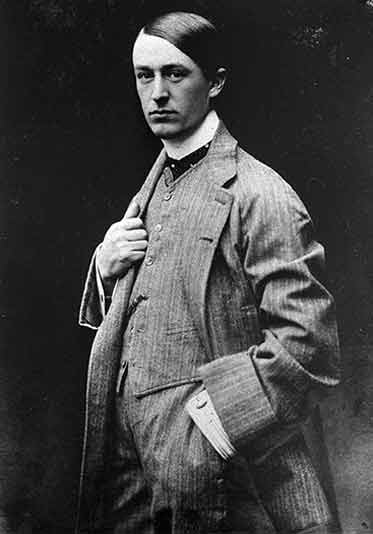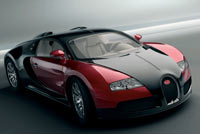Bugatti History
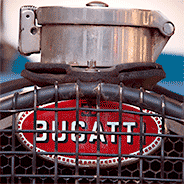
From the distinctive Art Deco elegance of its earlier vehicles through to its streamlined modern supercars, Bugatti is a marque distinguished as much by artistic and flamboyant design as it is powerful performance.
Its reputation for wrapping unbeatable engineering in stunning exteriors was kept alive following its rebirth in 1999. Today it continues to make the fastest, and one of the most desirable production cars in the world.
Bugatti – the birth of class and performance
Italian born Ettore Bugatti founded Bugatti in 1909 at Molsheim near the Italian border in France, using the (substantial) severance package he had received from his former employer.
At this early stage Bugatti had already created several prototypes that won awards in competitions such as the World Trade Fair. These early cars were small and built primarily for speed but eventually led to the Type 13 In 1910 – which was Bugatti’s first finished car.
The first Bugatti – the Bugatti Type 13
The Type 13 was based on the Type 10 prototype, a car Ettore Bugatti built in his basement. It featured a monobloc straight four engine of Bugatti’s own design.
When he opened up the Molsheim factory he refined the design of the lightweight Type 10 by increasing the engine capacity, adding a 4-valve head and fitting leaf springs to the front and rear wheels.
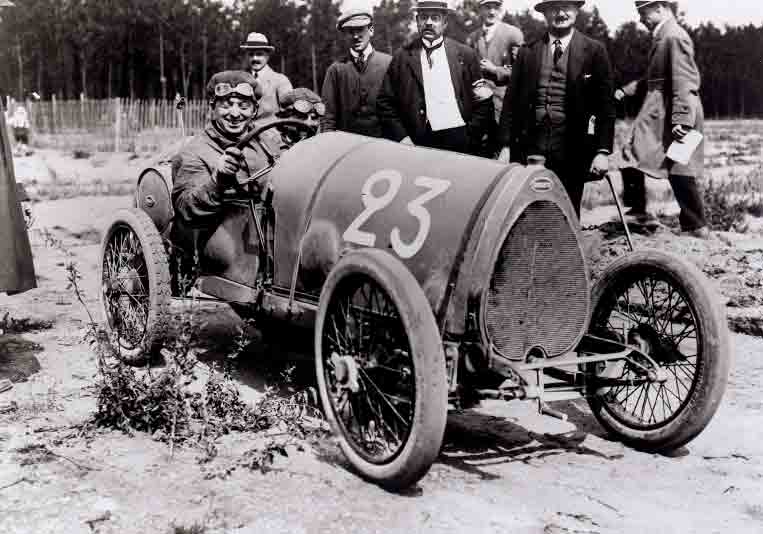
Bugatti Type 13
Following its arrival in 1910, four hundred and thirty five models would be created over the next ten years. It was one of the first cars to feature a 16-valve engine and it became known as ‘pur-sang’ (meaning thoroughbred).
After World War One, the Type 13’s multi-valve engine design element brought Bugatti notoriety, ensuring success on the racetrack. The marque took 1st, 2nd, 3rd and 4th place at the Brescia Grand Prix in 1921, an impressive victory that put Bugatti’s name on the map and generated substantial orders.
The Bugatti Badge
It is believed that Carlo Bugatti, Ettore Bugatti’s father, designed the Bugatti badge. He was an artist and jewellery maker by trade and it seems likely that Ettore’s commitment to design aesthetic came from his family who were mostly artists.
The colours are integral to the design – with red symbolising passion, energy, and excitement, while the black (a more sombre colour) symbolises courage. The bold but well-balanced white typeface represents elegance and nobility.
Carlo Bugatti’s jewellery making background is arguably evident, especially in the 60 small spots at the edge of the logo that are believed to represent jewels. The reversed ‘E’ and the ‘B’ it is set against are clearly his son’s initials.
Bugatti today
The original company had ceased trading as a car manufacturer in the 1963, though the Bugatti factory continued on as a producer of aeroplane parts. Volkswagen purchased the brand in 1998 and revived it, now owns Bugatti.
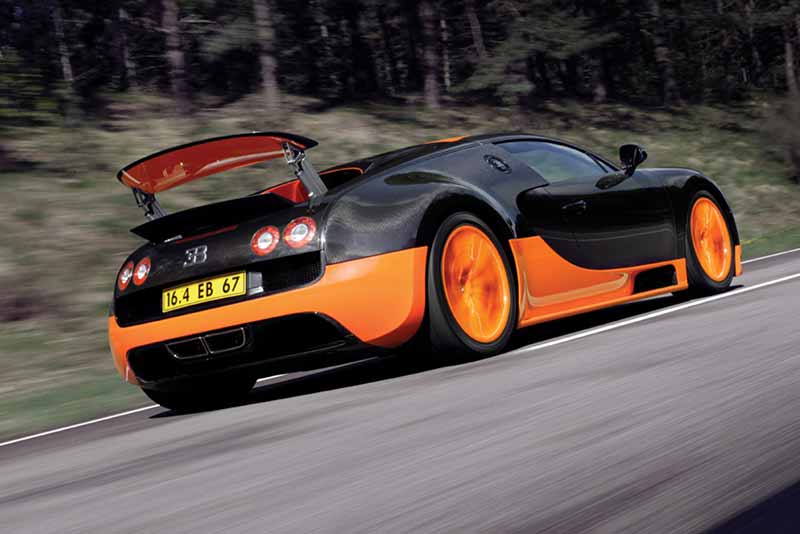
Bugatti Veyron Super Sport
Bugatti’s new owners were quick to establish the marque’s former reputation for making cars with the unbeatable combination of speed and gorgeous aesthetics. The Bugatti Veyron Super Sport is officially the world’s fastest production car, with a top speed of 267 mph.
The Bugatti Owners Club was founded in 1929, based at the Prescott Speed Hillclimb they hold a wide variety of club events throughout the year both at Prescott, within the UK and overseas. The Club welcomes all motoring enthusiasts.
Although the current factory is smaller than it once was, the cars are built on the same site that Ettore Bugatti founded in 1909.
Click on the images below to find out more about each Bugatti model



